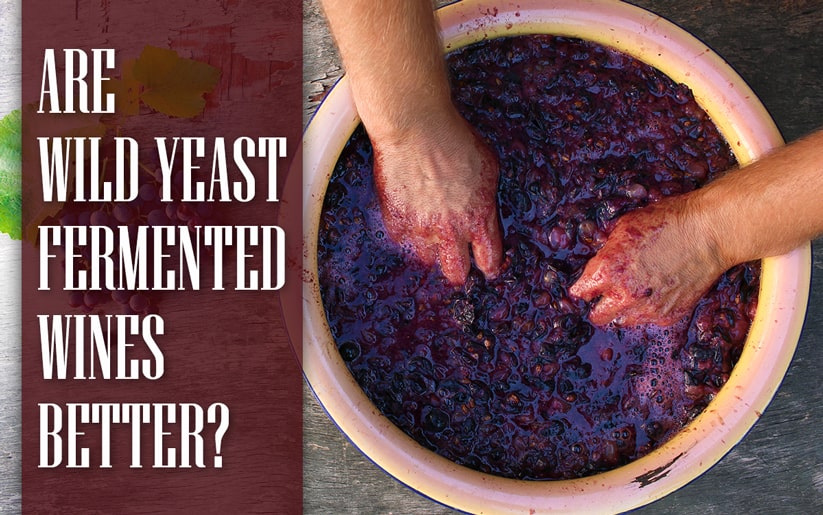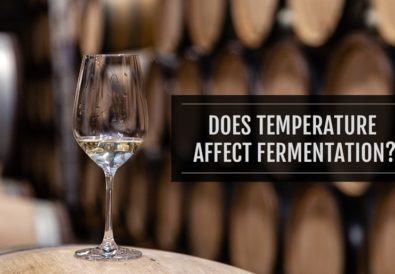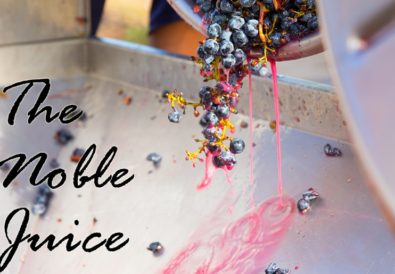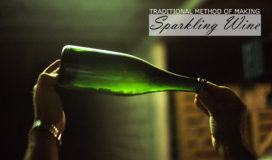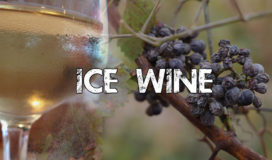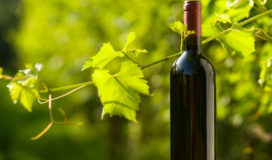While buying wine online, you must have often come across elaborate descriptions talking about the use of commercial or wild yeast. We all know that wine yeast contributes to the conversion of sugar to alcohol, resulting in the noble juice. However, for a winemaker, it’s much more than this—the selection of yeast that further depends on factors like the grape variety, desired flavours and so on. In this blog post, we’ll be talking about “how yeast affects the flavours of your wine?”.
For a winemaker, handling yeast for attaining the perfect results is quite a complex procedure that also requires maintaining the right temperature (One of the most important considerations amongst others). If the temperature is too high or vice versa, then the yeast may die stopping the fermentation process. This step of winemaking results, what we identify as secondary aromas.
Wild Wine Yeast
As the name suggests, wild fermentation uses the yeast that naturally occurs in the environment for the process. Not so easy as it appears, it’s a time-consuming method that requires great efforts and care by the winemaker. The fruit should be of excellent quality. Mouldy, damaged or low-quality fruit can hinder the process. Other factors like inappropriate temperature and lack of nutrients can also affect the yeast.
That said, it’s worth the time & efforts! After all who doesn’t like better wines? Wild fermentation results in complex flavours and also helps retain the vineyard characteristics. That’s why wine producers take pride in making wine through this method and often include it in the label to indicate its use.
Commercial Wine Yeast
Widely used for fermentation, commercial yeast helps the winemaker to exercise greater control over the process. The style & quality of different vintages remains consistent (Unlike wild fermentation). These days, isolated yeast specially sourced from vineyards of famous wine regions are used. Nonetheless, some experts believe that commercial yeast alters the individuality of a wine.
We hope the next time you go out to buy wine, you’d know which one is better reading the label.

